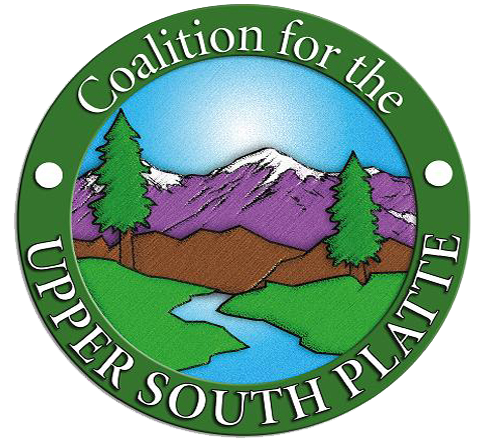
Wildfire is inevitable in the wildland-urban interface, those areas where development meets the forest, but being prepared is not. Wildfires don’t recognize property lines, so proactively working together across the community is critical for protecting those things you value before a wildfire threatens your community.
Community Wildfire Protection Plans are authorized and defined in Title I of the Healthy Forests Restoration Act (HFRA) passed by Congress on November 21, 2003, and signed into law by President Bush on December 3, 2003.
The CWPP, as described in the Act, brings together diverse local interests to discuss their mutual concerns for public safety, community sustainability and natural resources. It offers a positive, solution-oriented environment in which to address challenges such as:
- Local firefighting capability
- The need for defensible space around homes and subdivision
- Where and how to prioritize land management on both federal and non-federal land
The CWPP you develop with your community will help you prioritize projects and take actions to reduce wildfire risk in ways that are reasonable and acceptable to your way of life. Actions based on your community’s plan will reduce the risk that wildfire will destroy your home, neighborhood, business, and other community assets.
The Colorado State Forest Service (CSFS) has established minimum standards for the development of CWPPs in Colorado and has promoted the development and implementation of CWPPs as a tool to help build fire-adapted communities. In Colorado, the CWPP process must include local government, the local fire authority, local CSFS personnel, and representatives of relevant federal land management agencies, as well as other appropriate non-governmental partners.
CUSP works with the Colorado State Forest Service and our local communities to develop and implement CWPPs throughout the watershed.
More information and a list of adopted CWPPs can be found on the Colorado State Forest Service site.
